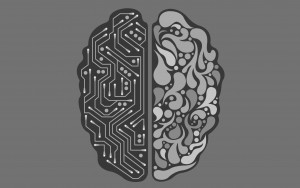This course aims to introduce the principles and practice of Machine Learning using Python Libraries. You’ll learn how to use popular Python data science libraries, implement Big Data & Machine Learning solutions, and more. The essential features of Machine Learning are explored with practical examples. Machine Learning will be demystified.
Duration
3 days
Prerequisites
- Approx. 6 months Python experience
What you’ll learn
- Recap Essential Python Features
- Python data science techniques
- Python Big Data
- The principles of machine learning
- Making forecasts from training data
- Machine learning case studies
Course details
Recap Essential Python Features
- Language Fundamentals
- Functions
- Data Structures
- Defining and Using Packages
- Additional Techniques
Getting Started with Python Data Science and NumPy
- Introduction to Python Data Science
- NumPy Arrays
- Manipulating Array Elements
- Manipulating Array Shape
NumPy Techniques
- NumPy Universal Functions
- Aggregations
- Broadcasting
- Manipulating Arrays using Boolean Logic
- Additional Techniques
Getting Started with Pandas
- Introduction to Pandas
- Creating a Series
- Using a Series
- Creating a DataFrame
- Using a DataFrame
Pandas Techniques
- Universal Functions
- Merging and Joining Datasets
- A Closer Look at Joins
Working with Time Series Data
- Introduction to Time Series Data
- Indexing and Plotting Time Series Data
- Testing Data for Stationarity
- Making Data Stationary
- Forecasting Time Series Data
- Scaling Back the ARIMA Results
Introduction to Machine Learning
- Machine Learning Concepts
- Classification
- Clustering
Getting Started with Scikit-Learn
- Scikit-Learn Essentials
- A Closer Look at Datasets
Understanding the Scikit-Learn API
- Introduction
- Scikit-Learn API Essentials
- Performing Linear Regression
Going Further with Scikit-Learn
- Introduction
- Understanding Naïve Bayes Classification
- Naïve Bayes Example using Scikit-Learn
Case Study
- Worked example of a real-world data science problem
